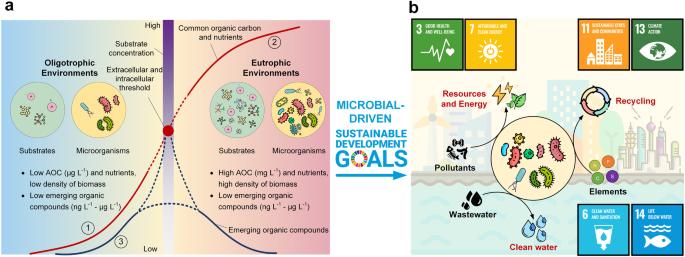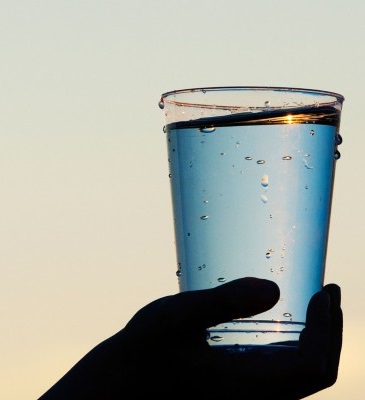Microbial strategies driving low concentration substrate degradation for sustainable remediation solutions
IF 10.4
1区 工程技术
Q1 ENGINEERING, CHEMICAL
引用次数: 0
Abstract
Microbial metabolism upholds a fundamental role in the sustainability of water ecosystems. However, how microorganisms surviving in low-concentration substrate water environments, including the existence of emerging compounds of interest, remains unclear. In this review, microbial strategies for concentrating, utilizing, and metabolizing of low concentration substrates were summarized. Microorganisms develop substrate-concentrating strategies at both the cell and aggregate levels in substrate-limited settings. Following, microbial uptake and transport of low-concentration substrates are facilitated by adjusting physiological characteristics and shifting substrate affinities. Finally, metabolic pathways, such as mixed-substrate utilization, syntrophic metabolism, dynamic response to nutrient variation, and population density-based mechanisms allow microorganisms to efficiently utilize low-concentration substrates and to adapt to challenging oligotrophic environments. All these microbial strategies will underpin devising new approaches to tackle environmental challenges and drive the sustainability of water ecosystems, particularly in managing low-concentration contaminants (i.e., micropollutants).

微生物策略推动低浓度底物降解,实现可持续修复解决方案
微生物新陈代谢在水生态系统的可持续发展中发挥着重要作用。然而,微生物如何在低浓度底物的水环境中生存,包括新出现的相关化合物的存在,仍不清楚。本综述总结了微生物浓缩、利用和代谢低浓度底物的策略。在底物受限的环境中,微生物在细胞和聚集体两个层面都发展出了底物浓缩策略。随后,微生物通过调整生理特性和改变底物亲和力来促进低浓度底物的吸收和运输。最后,新陈代谢途径,如混合底物利用、合成代谢、对营养物质变化的动态响应以及基于种群密度的机制,使微生物能够有效利用低浓度底物,并适应具有挑战性的寡营养环境。所有这些微生物策略都将支持设计新的方法来应对环境挑战,推动水生态系统的可持续发展,特别是在管理低浓度污染物(即微污染物)方面。
本文章由计算机程序翻译,如有差异,请以英文原文为准。
求助全文
约1分钟内获得全文
求助全文
来源期刊

npj Clean Water
Environmental Science-Water Science and Technology
CiteScore
15.30
自引率
2.60%
发文量
61
审稿时长
5 weeks
期刊介绍:
npj Clean Water publishes high-quality papers that report cutting-edge science, technology, applications, policies, and societal issues contributing to a more sustainable supply of clean water. The journal's publications may also support and accelerate the achievement of Sustainable Development Goal 6, which focuses on clean water and sanitation.
 求助内容:
求助内容: 应助结果提醒方式:
应助结果提醒方式:


